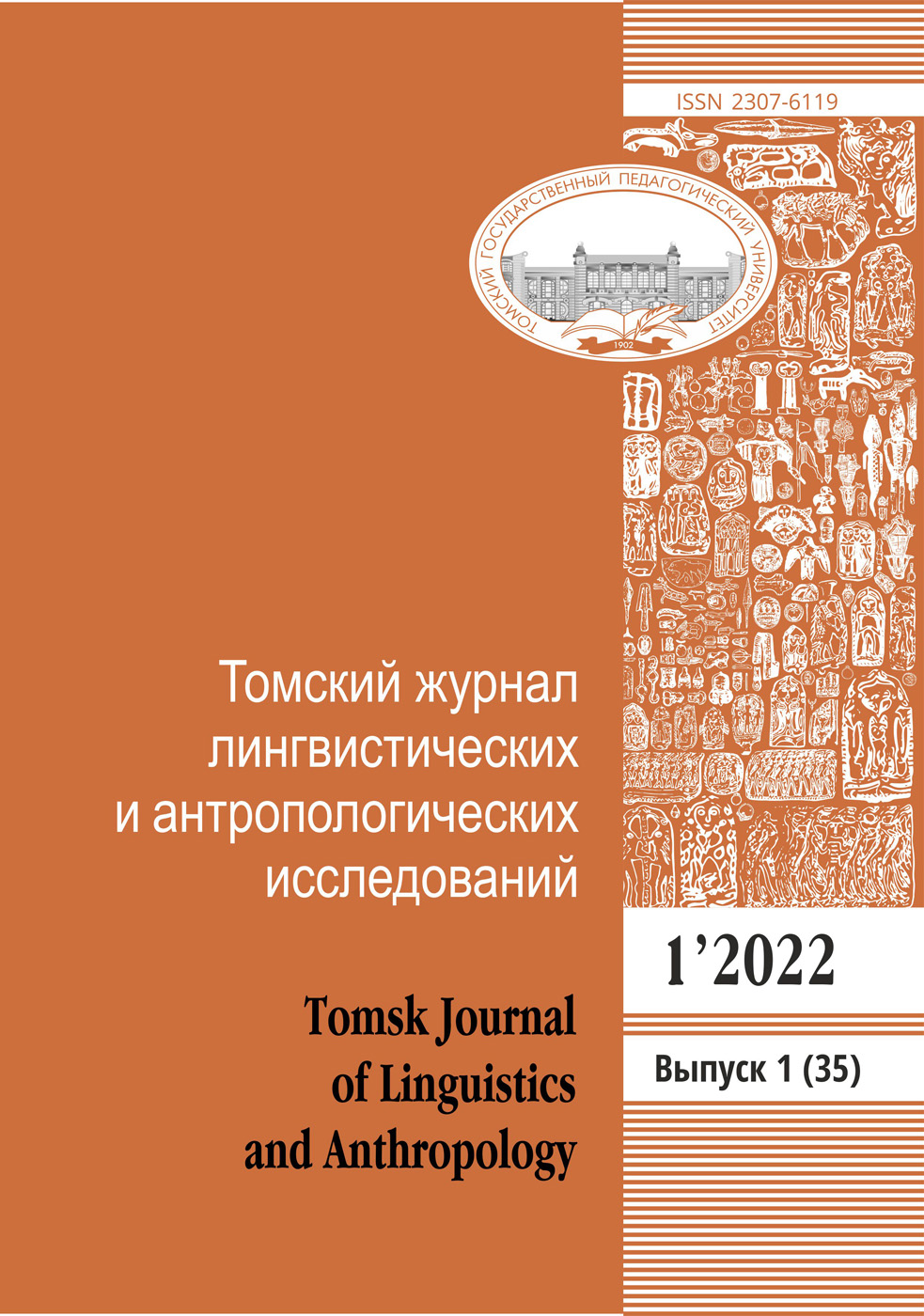Search
| # | Search | Downloads | ||||
|---|---|---|---|---|---|---|
| 1 | The article reveals the features of the structural and functional components of self-attitude in adolescent students with different role positions in the structure of bullying. The positions under consideration are “victim”, “buller” (initiator), “defender”. The sample consisted of 75 students from St. Petersburg secondary schools aged 15–16 years. The research methods are: The “Bullying structure” technique (E.G. Norkina); the “SMOB Questionnaire” (Kasper H.); The Self-attitude test questionnaire (V.V. Stolin, S.R. Pantileev); The questionnaire “Behavioral features of antisocial creativity” (N.V. Meshkova, S.N. Enikolopov, O.V. Mitina, I.A. Meshkov). It was found that in adolescents who are “initiators” of bullying, indicators reflecting the positive modality of self-attitude have higher values than in adolescents with the status of “victim”. Correlations have been established between the indicators of a teenager’s self-attitude, reflecting his modality, and the position he occupies in the bullying structure. The peculiarities of the manifestation of antisocial creativity of adolescents in the three studied role positions in the bullying structure are revealed. It was found that teenagers who are “initiators” have higher rates of antisocial creativity (“harming”, “lying”, “malicious jokes”) compared with teenagers of other roles studied. In adolescents who are “defenders” and “victims”, this integral indicator, as well as its components, have rather low values, which indicates the infrequent occurrence of creative ideas of a destructive orientation in them. The interrelation of self-attitude and antisocial creativity of adolescents is revealed, taking into account their role positions in the bullying situation. The implementation of the research results will contribute to the prevention of bullying in schools through the formation of a positive self-attitude of its participants, as well as redirecting antisocial creativity among the “initiators” of bullying by developing their creative potential. Keywords: self-attitude, self-esteem, self-acceptance, antisocial creativity, bullying, bullying role positions, teenagers | 503 | ||||





